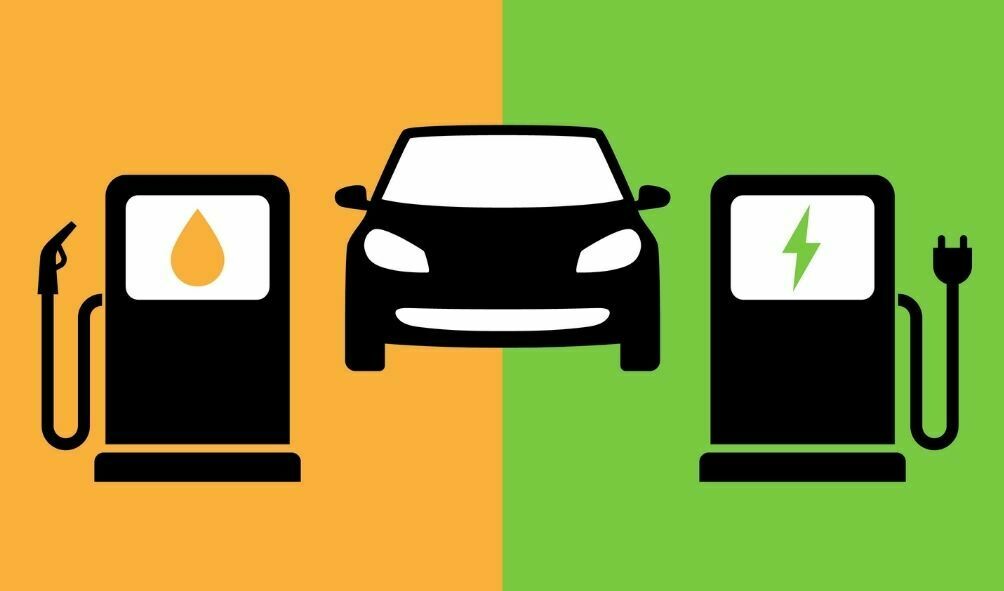The Global EV Outlook is an annual report that examines and addresses recent trends in electric mobility around the world. It’s being created with the help of the Electric Vehicles Initiative’s founders (EVI). The study looks at key areas of concern including electric vehicle and charging infrastructure implementation, ownership costs, electricity usage, carbon dioxide emissions, and battery content demand by combining historical data with forecasts to 2030.
With the ongoing developments in the automotive industry, the electric vehicle market has seen rapid growth. Favorable government policies and support in the form of subsidies and grants, tax rebates, and other non-financial benefits such as carpool lane access and new car registration (particularly in China, where ICE engine new car registration is banned in some urban areas), increasing vehicle range, better charging infrastructure availability, and proactive participation by automotive OEMs.
Furthermore, as policymakers become more concerned about environmental issues, demand for zero-emission vehicles has increased. Developed countries like the United States, Germany, and the United Kingdom are aggressively encouraging the use of electric vehicles to minimize emissions, resulting in an increase in electric car sales.
EVs are predicted to have a promising future, and the price of batteries, one of the most important components in an EV, is expected to drop dramatically over time, making them more affordable. The mid-priced vehicle class has less features, with less reliance on costly features like infotainment and instrument clusters. For the mid-priced market, China is one of the leading countries. BYD, Smart, and Great Wall Motors, for example, produce vehicles that are comparatively less costly.
The commercial vehicle market is expected to rise at the fastest pace. The growth of the electric commercial segment has been aided by the growing adoption of electric buses, especially in China and India. Electric buses are set to replace current fuel-based bus fleets in a number of countries. During the forecast era, the growing trend of replacing fossil fuel-based public transportation fleets with electric buses would drive the growth of electric commercial vehicles. During the forecast era, the growth of e-commerce, logistics, and shared mobility would also drive the growth of electric commercial vehicles.
The fastest-growing market is projected to be Asia Pacific, followed by Europe and North America. In countries like China, Japan, and South Korea, the automotive industry is geared toward advanced electric vehicle innovation, technology, and growth. Electric vehicle growth is expected to be fueled by the demand for carbon reduction and the development of more modern and fast charging stations. The Asia Pacific electric vehicle market is dominated by BYD, BAIC, Chery, and SAIC, among others.
It also includes an update on battery capacity and costs. It expands on the life cycle analysis performed in Global EV Outlook 2019, evaluating the technologies and policies that will be required to ensure that EV battery end-of-life treatment contributes to sustainability and CO2 emission reduction goals to the greatest extent possible. Finally, it examines how off-peak electricity demand charging, dynamic regulated charging (V1G), and vehicle-to-grid (V2G) could minimise electricity generation capacity needs, mitigate the effect of EVs on peak demand, and promote the incorporation of variable renewables.
In the year 2019, signs of a continued change away from direct subsidies and toward policy approaches that depend more on regulatory and other systemic steps – such as zero-emission vehicle mandates and fuel efficiency standards – have sent consistent, long-term signals to the car industry and consumers, indicating that policymakers can make the move in an economically sustainable manner.
Effect of COVID on EVs
The current pandemic (COVID-19) would have a smaller effect on global electric vehicle markets than it will on the overall passenger car industry. Based on car sales data from January to April 2020, we currently forecast that the passenger car market will contract by 15% year over year compared to 2019, while electric vehicle sales for passenger and commercial light-duty vehicles will remain largely flat. Second waves of the pandemic, combined with a slower-than-expected economic recovery, may result in a variety of outcomes, as well as strategies for automakers to comply with regulatory standards. We forecast that by 2020, electric car sales will account for around 3% of global car sales.
China’s and Europe’s New Energy Vehicle mandates and CO2 emissions regulations, respectively, have recently been improved and expanded. Finally, there are indications that recovery efforts to address the Covid-19 crisis will continue to prioritize vehicle performance in general, and electrification in particular. Other modes of transportation are now electrifying. Since their introduction in 2017, electric micro-mobility solutions have rapidly expanded, with shared electric scooters; e-scooters, electric-assist bicycles (e-bikes), and electric mopeds now available in over 600 cities across more than 50 countries.
Due to bans on two-wheelers with internal combustion engines in many Chinese cities, an estimated 350 million electric two/three-wheelers, the bulk of which are in China, account for 25% of all two/three-wheelers in circulation worldwide. Approximately 380 000 light commercial electric vehicles are in use, most of which are part of a business or government vehicle fleet.
Brief on Challenges
Electric vehicles’ high production costs have been a significant barrier to their widespread acceptance. As the popularity of electric cars grows over the next decade, battery prices will fall and R&D costs will fall, bringing the total cost of electric hatchbacks, crossovers, and SUVs to levels comparable to ICE vehicles.
When building a charging station, a service provider must adhere to a set of guidelines. When installing on private land, service providers must obtain permission from plot owners, municipal government for regulatory mandates, and utility providers for energy transmission.
Many electric vehicle owners are curious about how far their vehicles will go on a single charge. Electric vehicles have a narrower range than conventional vehicles.







